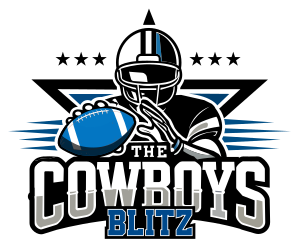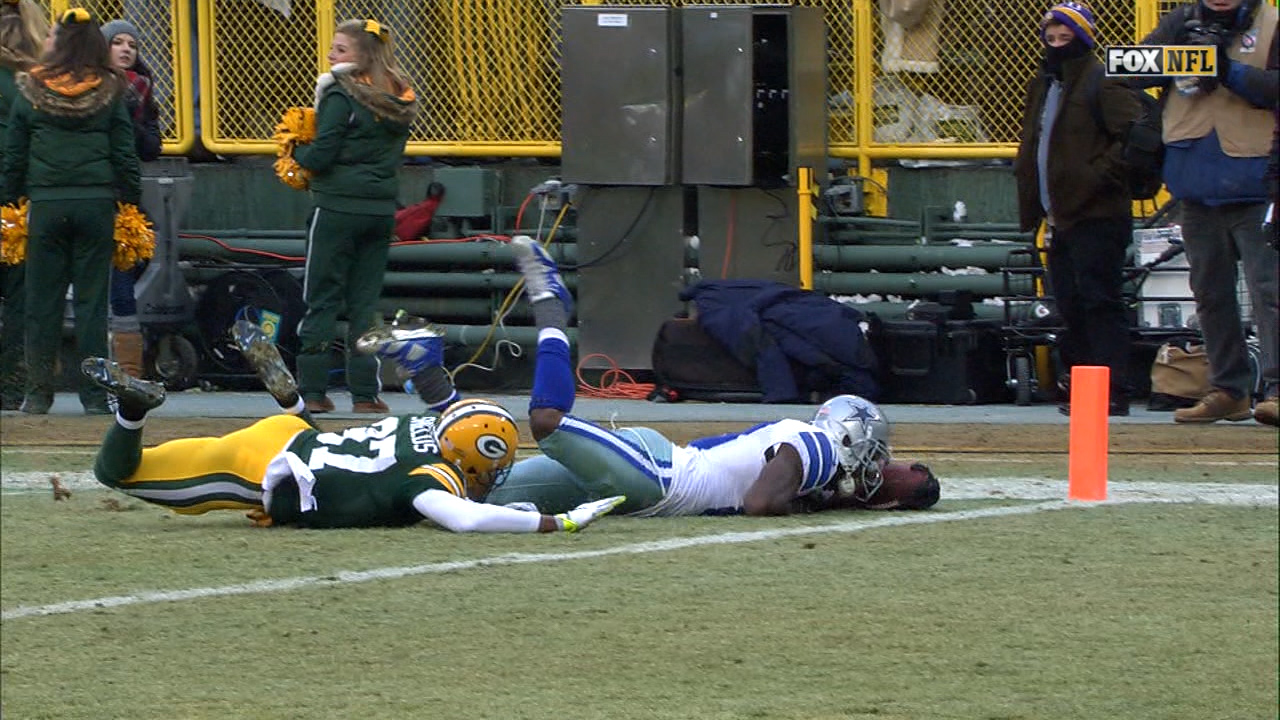https://www.espn.com/nfl/story/_/id/34997228/how-dez-bryant-no-catch-changed-nfl-forever
WE ALL SAW IT. It happened right before our very eyes.
Fifty-two point three million of us watched it live on television. Untold millions have watched it since, in its YouTube afterlife. And to watch it once is to watch it many times, almost by definition -- nobody even had the chance to watch it just once, since the replays started rolling as soon as the ball was whistled dead. The play itself took about seven seconds, snap to signal. The ensuing deliberation took another four minutes, give or take, and the controversy the play generated has lasted for nearly eight years and counting.
It was a catch, of course. It was ruled a catch on the field at 3:58:43 p.m. on Jan. 11, 2015, and it remained a catch until 4:02:29, when the referee announced the reversal by the letter of the law. Then three years later, it became a catch again, when the NFL changed the rules to accommodate its brilliance. Now every time we watch an NFL game we witness some aspect of its legacy, because one of the greatest catches in the history of the game was ruled, "after review," incomplete.
There have been other catches that have, in the space of a few seconds, caused football empires to rise and fall. Bradshaw-Swann, 1976; Montana-Clark, 1982; Manning-Tyree, 2008; Roethlisberger-Holmes, 2009; Brady-Edelman 2017: these are catches that have changed games, careers, fortunes and lives. But they all counted. The pass that Tony Romo threw to Dez Bryant in a playoff game between the Dallas Cowboys and Green Bay Packers in 2015 -- or, in its enduring social media afterlife,
#DezCaughtIt -- did not, and yet it has changed the way we watch football.
This Sunday's game between the Cowboys and Packers allows us yet again to think about a play that has changed our expectations and our perceptions, the leaps of imagination we once thought impossible and the rounds of on-field litigation we now accept as inevitable. It brought football into its modern era, when we can scarcely believe what we have just seen and then can expect to be told we have not seen it. There was a before and there was an after, and if we wonder why in 2022 we live in a time when nobody can agree on anything, when unlimited scrutiny and maximum technological expertise have combined to produce an age of endless uncertainty, all we have to do is watch, once again, these teams play in January 2015, and try to tell each other, what happens when Tony Romo throws the ball down the sideline and Dez Bryant goes up to get it.
The play was the play because the moment was the moment. It was a divisional playoff game. It was in Green Bay, on an afternoon that was 24 degrees at game time, and though the tundra remained unfrozen, it was a game with a Lombardi-era pedigree as well as high stakes for the outcome of the 2014 football season. Both teams had finished 12-4; the Packers, with an unjaded Aaron Rodgers at quarterback, were 6½-point favorites, but the Cowboys had gone unbeaten on the road, and at least three of their players, Tony Romo and Dez Bryant and DeMarco Murray, were having career years. Dallas had gone ahead by eight points midway through the third quarter, but Green Bay had scored two touchdowns and now Cowboys coach Jason Garrett's team faced the moment that would decide if this was
their moment.



